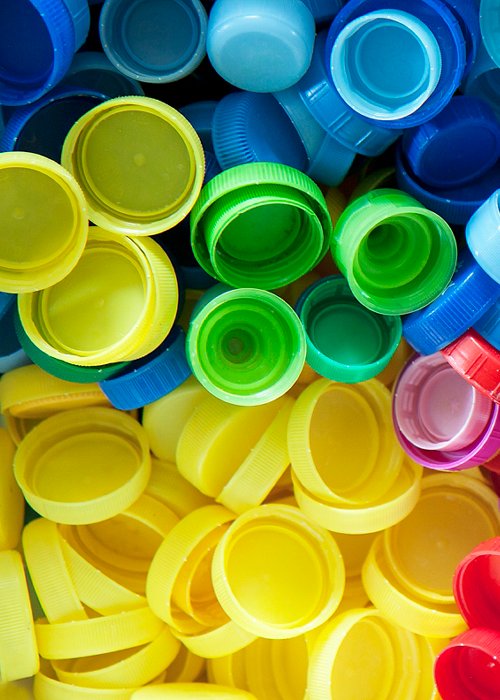The term management includes all the activities regarding collection, transport, recovery and disposal of waste, while the term integrated waste management indicates all the activities aimed at optimizing the said management. An integrated management system is the practical transposition of the principles set out in the Italian Laws, and the European Directives.

